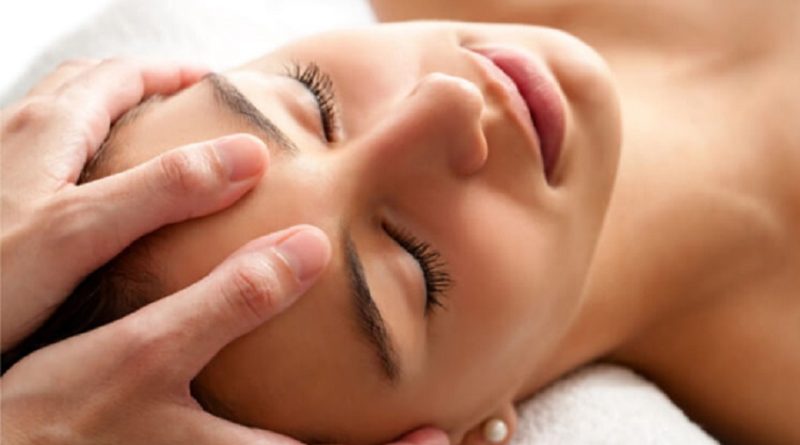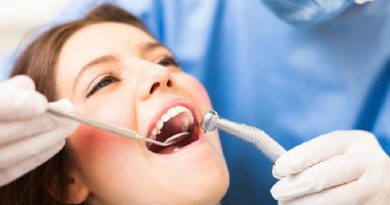Craniosacral Therapy – Uses and Effectiveness
Craniosacral therapy has many benefits, from its use in resolving headaches and stress to psychological imbalances and physical disorders. Let’s review some of its most common services in the body. This treatment is effective for the following conditions:
Treatment for Headaches
People with chronic, non-respiratory headaches can benefit from craniosacral therapy Burien, WA treatment. These gentle therapies use light contact to release deep body tension patterns. The techniques used in craniosacral therapy include:
One study compared the effectiveness of craniosacral therapy on patients with migraine. It included a study that compared the frequency and intensity of headaches among twenty migraine sufferers. The study participants were randomly assigned to two equal-sized groups. Each group underwent six craniosacral sessions and answered the HIT-6 questionnaire four times. Group A received treatment immediately after answering the first questionnaire, while group B completed the questionnaire twice before accepting the treatments. The results showed that patients in group A experienced a marked decrease in HIT-6 scores after treatment.
People with chronic pain often use prescription drugs, caffeine, and cold and hot compresses, and they may visit a chiropractor or massage clinic occasionally to seek treatment. However, many people don’t realize that cranial therapy, also known as CST, is an alternative treatment for chronic headaches. This hands-on therapy allows the body to heal by relieving restrictions in the craniosacral system.
Treatment for stress
During a craniosacral therapy session, the practitioner rests their hands on the skull and assesses the movement of the body’s fluid. This is a meditation in which the practitioner listens to subtle rhythms in the body. It’s important to keep the body and fluids mobile and stagnation-free.
Craniosacral therapy can improve a person’s overall health and reduce symptoms of stress. The results can be significant, with many clients reporting reduced symptoms and stress levels. Despite its comparatively low price tag, craniosacral therapy is highly effective at easing the symptoms of stress and tension.
Treatment for pain
Craniosacral therapy is a noninvasive bodywork method that relieves pain and stress by gently manipulating the bones in the head and body. The therapy can treat various ailments, including migraines, chronic back pain, and fibromyalgia. In addition, craniosacral therapy enhances the body’s ability to heal by restoring the normal flow of cerebrospinal fluid.
The therapist uses gentle touch to realign the body’s systems and release restrictions. Patients are fully clothed and placed on a treatment table. The therapist is trained to listen to the client’s body and read the cerebrospinal fluid that runs from the sacrum to the brain. Then, the soft tissues are released to realign the affected areas. CranioSacral Therapy helps the body’s self-regulation capabilities.
Back pain is one of the leading causes of disability worldwide, affecting people of all ages. Unfortunately, pharmaceutical therapy has limited effectiveness and is associated with adverse effects. As a result, many people seek alternative treatments, such as craniosacral therapy, to alleviate the agony of chronic pain disorders. Unfortunately, most people seeking this therapy complain of neck and back discomfort, headaches, and migraines. In addition, patients often seek treatment for stress-related problems and mental health conditions.
Treatment for psychological imbalances
For depression, Craniosacral therapy is highly recommended. Usually, three to ten sessions are necessary for full recovery, though as many as sixteen sessions are recommended to treat depression, you may need more sessions. Some people experience relief with the first session, while others require additional sessions over several weeks. For long-term therapy, the duration of treatment depends on your symptoms. After a few sessions, your condition may improve to the point where you no longer need the treatment.
The goals of craniosacral therapy are to help patients feel better physically, which will increase the patient’s resources for psychotherapy. The body often creates postural imbalances in response to stress, trauma, and other forms of physical pain. When this imbalance is corrected, the body releases energy trapped in the tissues. This energy can be redirected into other areas of the body, enhancing the ability of the patient to deal with emotional problems.




